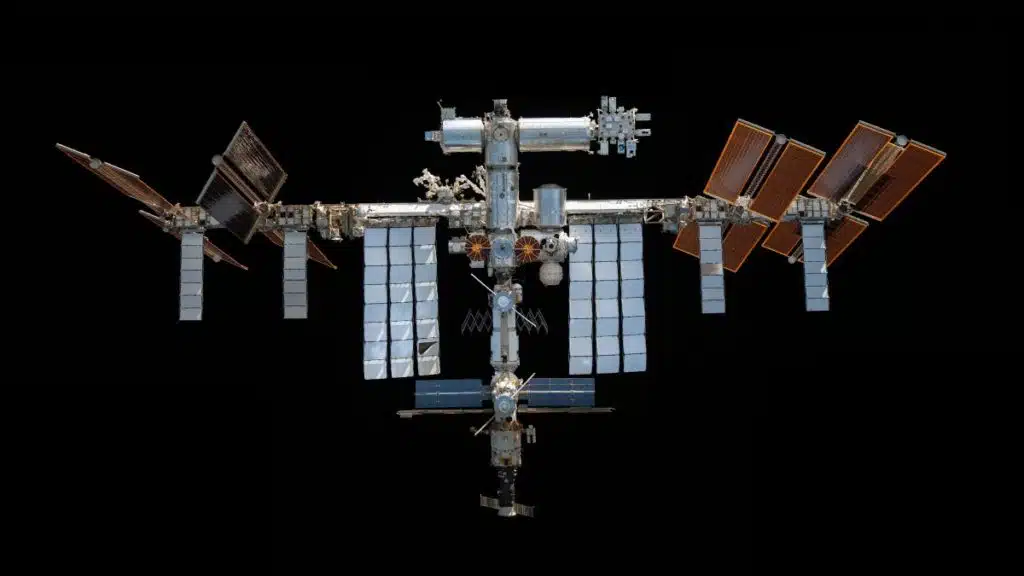
SpaceX has been awarded the contract to develop and deliver the deorbit vehicle that will bring down the International Space Station in 2030. NASA formally announced plans to decommission the station in 2022 and now it has decided that SpaceX will facilitate its splashdown into the sea. The contract is estimated to be worth $843 million. While SpaceX is responsible for developing the vehicle which will crash the space station NASA will take ownership of it and operate it during the operation. The majority of the deorbit vehicle and ISS are expected to be destroyed during the re-entry process.
We have selected @SpaceX to develop and deliver the U.S. Deorbit Vehicle and prepare for a safe and responsible deorbit of the @Space_Station after the end of its operational life in 2030. Learn more: https://t.co/ogAhEazBpt pic.twitter.com/5pyBPfobkp
— NASA (@NASA) June 26, 2024
Per NASA:
“Selecting a U.S. Deorbit Vehicle for the International Space Station will help NASA and its international partners ensure a safe and responsible transition in low Earth orbit at the end of station operations. This decision also supports NASA’s plans for future commercial destinations and allows for the continued use of space near Earth,” said Ken Bowersox, associate administrator for Space Operations Mission Directorate at NASA Headquarters in Washington. “The orbital laboratory remains a blueprint for science, exploration, and partnerships in space for the benefit of all.”
Brief History:
The first part of the International Space Station was launched into orbit on November 20, 1998, through a partnership with Russia which delivered the control module via one of its rockets. Since then the now 25-year-old station has seen over 70 missions with crews from partner countries worldwide.
Per NASA:
“In its 24th year of continuously crewed operations, the space station is a unique scientific platform where crew members conduct experiments across multiple disciplines of research, including Earth and space science, biology, human physiology, physical sciences, and technology demonstrations not possible on Earth. Crews living aboard station are the hands of thousands of researchers on the ground having conducted more than 3,300 experiments in microgravity.”
